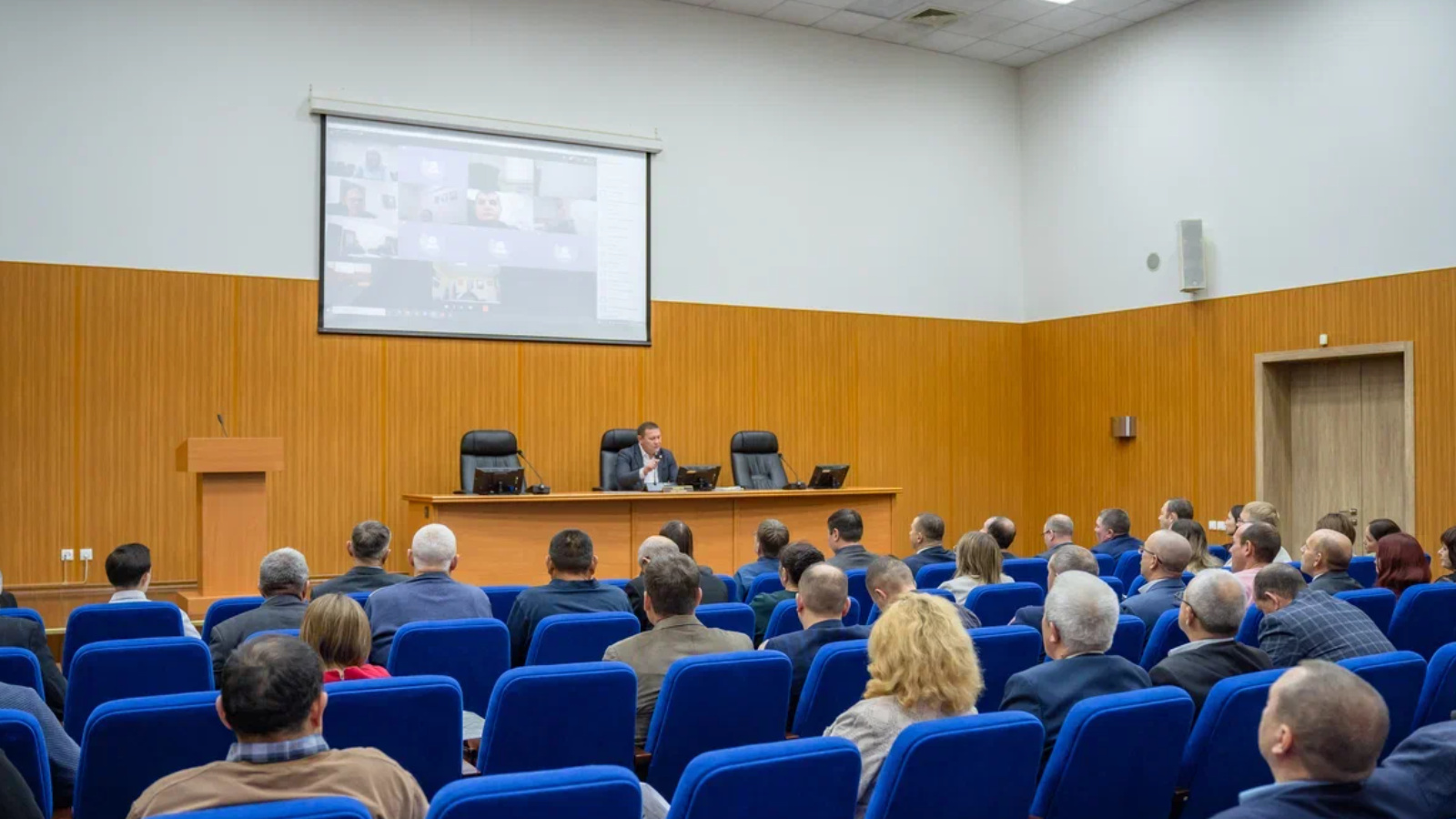The Ministry summed up the results of livestock production for 10 months of the current year

Today, the Ministry of Agriculture and Food of the Republic of Tajikistan held a meeting with the districts, where they summed up the results of livestock production for 10 months of the current year. The meeting was chaired by the Deputy Minister of Agriculture and Food of the Republic of Tatarstan Gelyus Bayazitov.
The event was attended by livestock consultants, heads of selection and breeding services of agriculture and food departments in municipal areas and other responsible persons.
The head of the department for the development of livestock industries, Siren Nigmatzyanov, reported in his speech that in 10 months of this year, 1 million 393 thousand tons of milk were produced, 110% compared to last year. The average milk yield per cow was 6,476 kg.
As of November 1, there are 628 thousand heads of cattle, pigs - 458 thousand heads with an increase of 1%, sheep and goats - 53 thousand heads, horses - 19.4 thousand heads, poultry - 14.5 thousand heads plus 4% compared to last year.
The largest increase in the number of cattle is in the Menzelinsky, Bugulminsky districts (+ 4.5 thousand heads) compared to last year, Kukmorsky, Elabuga, Baltasinsky districts (+ 1.5 thousand heads) compared to last year. High growth dynamics is observed in the Atninsky and Mamadyshsky districts.
In 26 districts there is a reduction in the number of cows. The largest reduction is in Novosheshminsky - 7 thousand heads, Alekseevsky - 3.5 thousand heads. More than 1.5 thousand heads were missing from the Aktanysh, Zelenodolsk, Apastovsky and Tyulyachinsky districts.
Due to the implementation of their investment projects, the number of cows was increased in Menzelinsky by 1.5 thousand heads, Elabuga by 850 thousand heads, Bugulminsky and Kukmorsky districts by 500 thousand heads.
Next, the head of the department of breeding and animal reproduction, Damir Minnebaev, made a report. He noted that over the 10 months of this year, the calf production rate was 100%, and for piglets 99% compared to last year.
The positive dynamics of obtaining lambs and foals continues, and the insemination of cows and heifers has also worked well, both in the public sector and in private farms.
There are farms throughout the republic that operate with an increase in the number of calves, these are Atninsky, Sabinsky, Arsky municipal districts. 19 districts are operating with negative indicators and continue to widen the negative gap.